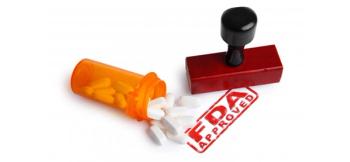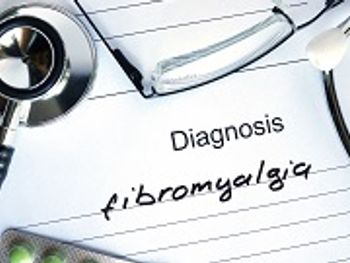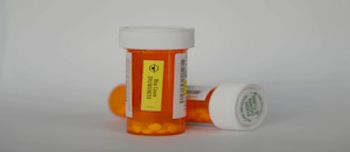
Researchers were not able to predict factors that would indicate that pharmacists actually dispense the medication.

Researchers were not able to predict factors that would indicate that pharmacists actually dispense the medication.

Half of people who have diabetes eventually develop diabetic peripheral neuropathy, and the warning signs are sensory symptoms that start in the distant periphery and progressing in a characteristic 'glove and stocking' way.

Health care professionals and consumers are encouraged to report any adverse events related to these products to the FDA’s MedWatch Adverse Event Reporting program.

Opioid use, abuse, and associated deaths have skyrocketed in the United States over the past decade. Since 1999, the number of opioid-related deaths has quadrupled

Erenumab-aooe (Aimovig, Amgen) is the first FDA-approved preventive migraine treatment in a new class of drugs that work by blocking the activity of the molecule that is involved in migraine attacks.

The FDA has approved lofexidine hydrochloride (Lucemyra) for the mitigation of opioid withdrawal symptoms to facilitate abrupt discontinuation of opioids in adults.

Originating from damage within nerve cells themselves, neuropathic pain is often complex, with many treatment challenges.

The number of opioids prescribed in the Untied States was approximately 3 times as high in 2015 as it was in 1999.

The FDA approved ZTlido (lidocaine topical system) 1.8% for the treatment of pain associated with post-herpetic neuralgia (PHA), which is caused by shingles.

ZTlido (lidocaine topical system) shows superior adhesion compared with other topical non-opioid pain patches.

Kempharma introduces newly approved pain management drug and warns of risk for addiction.

Although it is unclear what constitutes “unusual or disproportionate,” such phrases are particularly disturbing when we realize that the regulation of medical practice is a traditional state function, not a federal one.

Surgical patients can exhibit anxiety about the medications they will be started on following surgery. Pharmacists are in a position to address those concerns to the benefit of all.

Migraine is a condition characterized mainly by severe and recurrent headaches. Approximately 12% of the general population experiences migraines, with a higher frequency in women than men.

Chronic pain patient may respond to endogenous opioids differently than healthy people.

More than 75% of patients who undergo surgery experience moderate to severe acute postoperative pain that begins immediately following surgery and may extend beyond hospital discharge.

Hyperactivity in the brain networks of patients with fibromyalgia is to blame for patients with chronic pain.

Migraine pain may be caused by nerves trapped between muscles, bones, and fascia, which could be reduced by forehead restoration surgery.

A look at the different receptor bindings that affect analgesic effect.

Those familiar with the technology hope that the concept will develop enough that it can be integrated into daily life, as with an Apple Watch or a smartphone.

This article highlights several key therapeutics areas with Sublocade that every pharmacist should know.

The established therapeutic dosing for gabapentin in neuropathic pain is 1800-3600 mg/day in 3 divided doses in patients with normal renal function.

Fosfomycin (Monurol) is an antibiotic that uses a unique mechanism of action to establish its bactericidal activity.

When available treatment guidelines for patients with cancer are followed, 70% to 90% can achieve adequate pain relief.

The FDA is investigating the medical food product for serious adverse effects. A pharmacist can convey this information to patients.